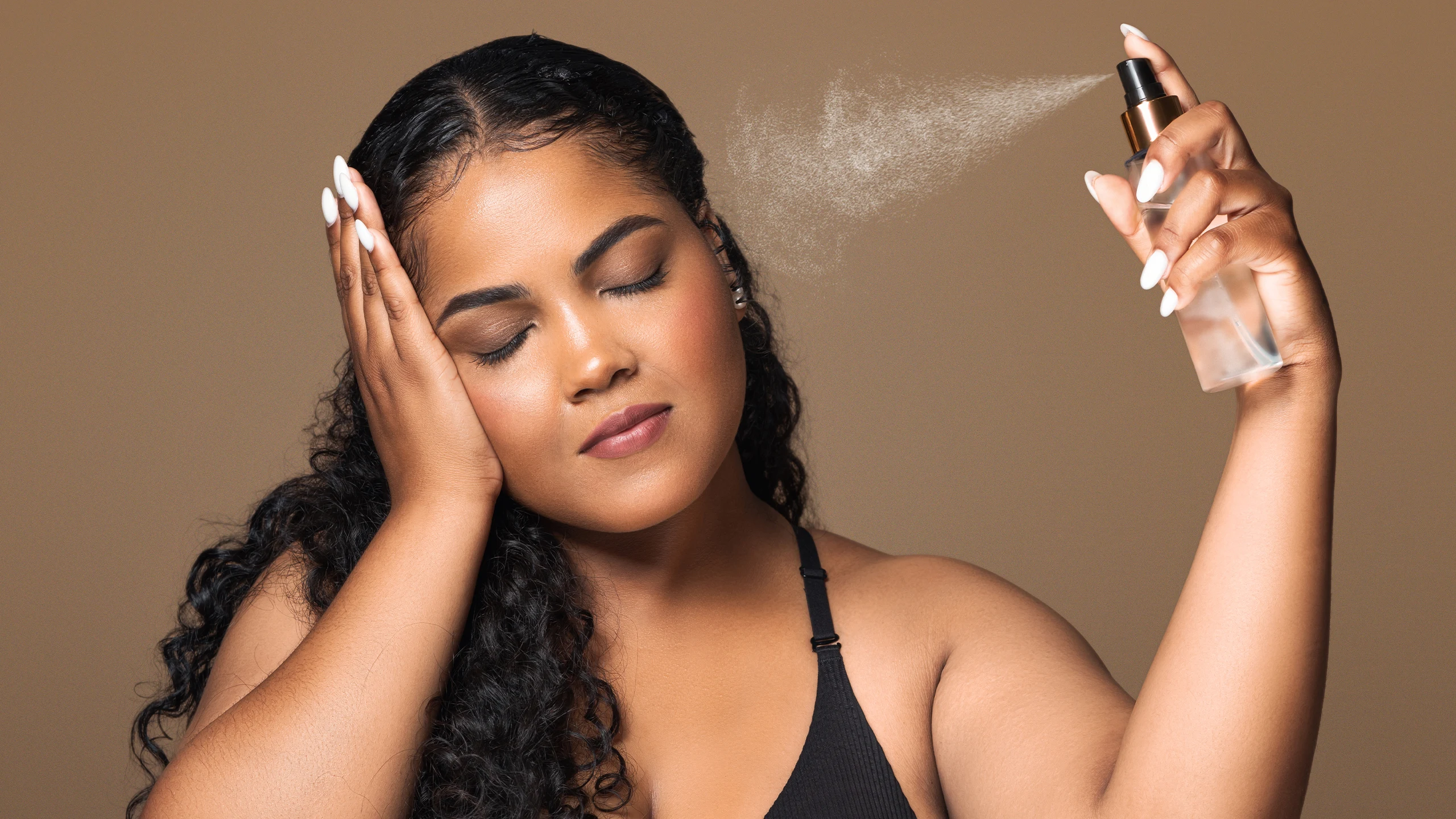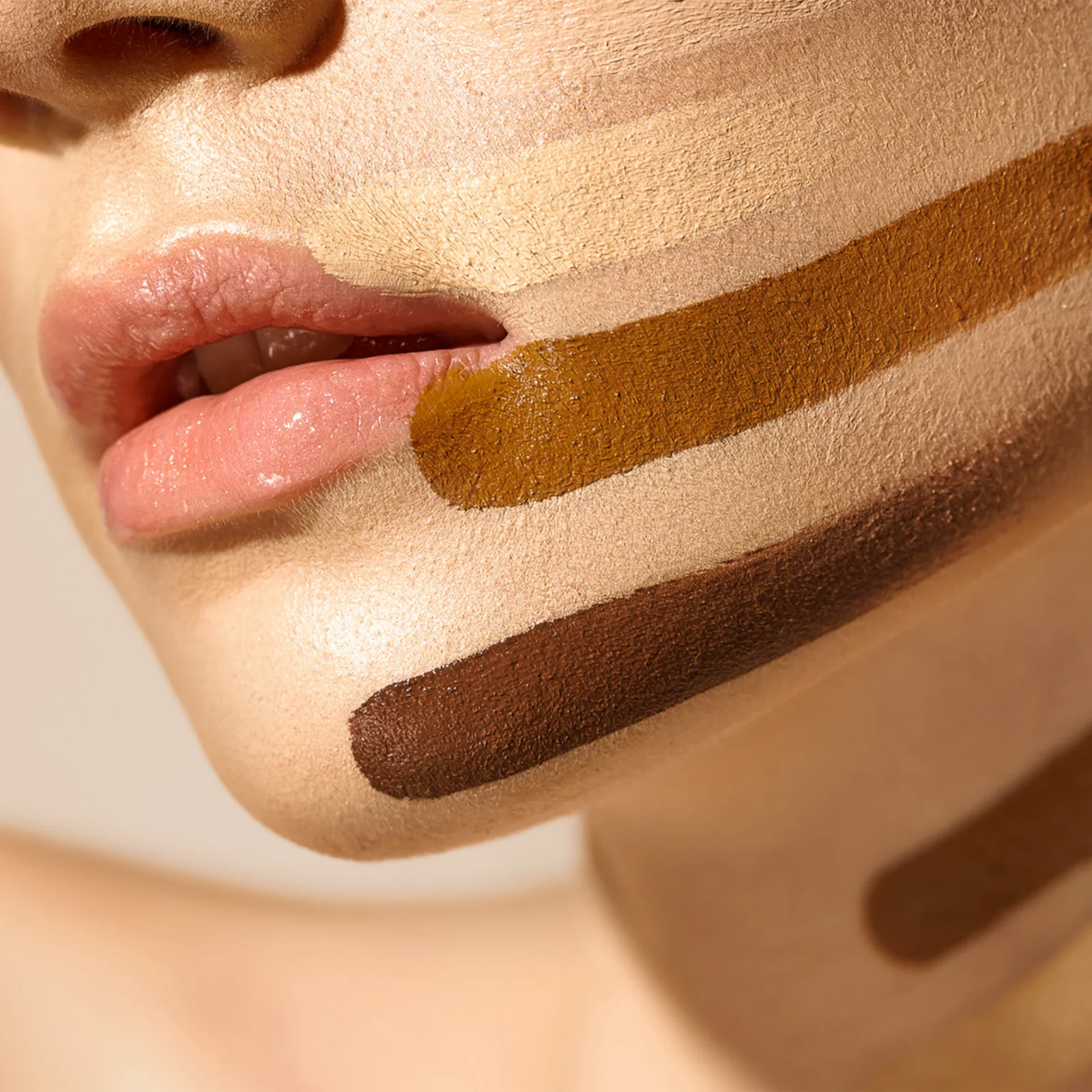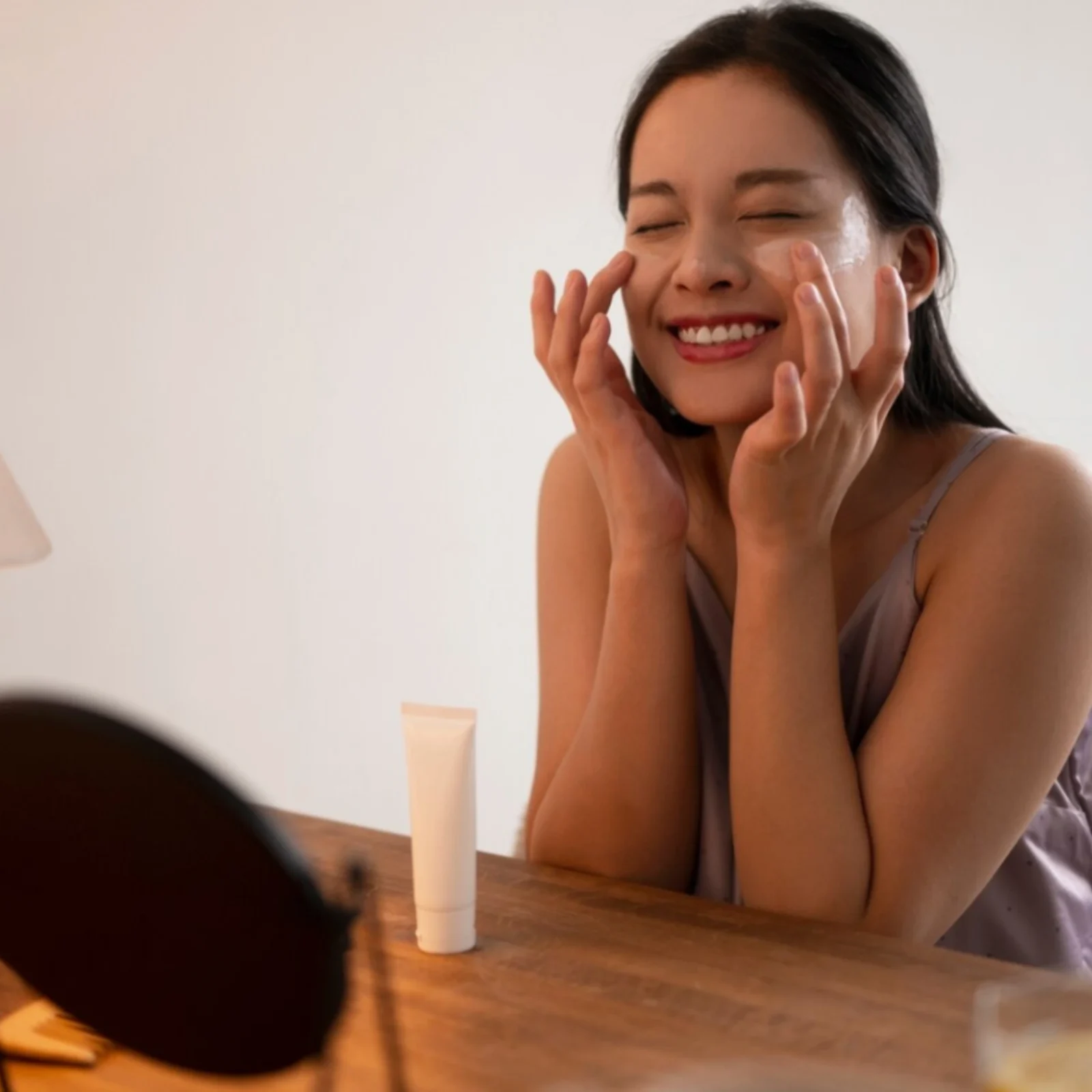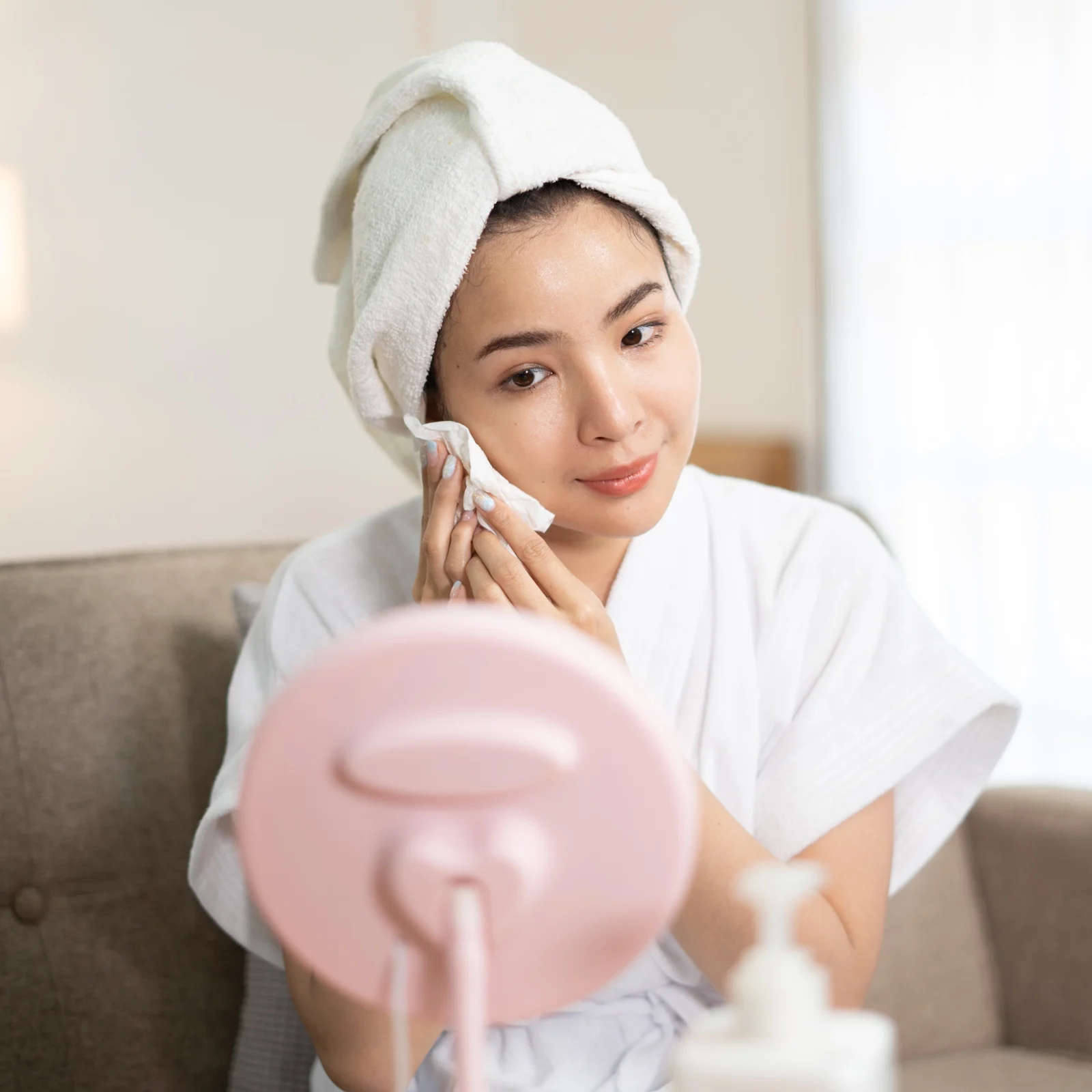Still Confused? Here’s the Difference Between Setting Spray and Fixing Spray
We often interchange these two, but according to professional makeup artists, they actually do very different things.
By Leira Aquino
Even I’ll admit it. For the longest time, I thought setting spray and fixing spray were basically the same thing. A quick mist at the end of my routine to make my base last, right? Well, as it turns out, these two products are sisters, not twins. And if you’re using them interchangeably, you might be missing out on the full potential of both.
To break it down, I spoke to two pros who have mastered the art of making makeup look seamless and stay intact even through long shoot, and pageant or event nights: Albert Kurniawan, Manila-based Indonesian makeup artist and founder of Teviant Beauty, and Nix Soriano, a go-to artist of Miss Universe Philippines queens.
Both stress the importance of clearing the confusion between the two, because understanding what each spray is actually meant to do can make or break your base.
Setting spray is for binding
Let’s start with setting spray. Contrary to what its name suggests, this isn’t the product that “locks in” your makeup. Its real job is to help different layers of product mesh together and melt into the skin, softening any powdery texture and giving the base a more natural, skin-like finish.
“A lot of people get confused,” Kurniawan says. “Setting spray is a spray that you apply on the skin to expedite the melting process of the makeup.”
He explains that many setting spray formulas are closer to skincare mists than traditional sealants, because it’s more like either hyaluronic acid or a face mist. “Normally, the ingredients in a setting spray help melt or bind the makeup together,” he explains. “This makes the makeup look less powdery or chalky.” An example of this is the One/Size Powder Melt Glass Setting Spray, which contains pentylene glycol and glycerin.
The Makeup By Mario Surrealskin Soft Setting Spray is another perfect example of a setting spray that hydrates and binds makeup, as it has hyaluronic acid and other humectants.
Basically, setting spray helps everything settle into one cohesive, skin-like layer. “I know a lot of people like to use setting spray after powder and then continue with another layer of makeup, which is also good,” he says. But Kurniawan likes using fixing spray instead for that step.
Which brings us to the next product…
Fixing spray is for sealing
Now here’s where the actual sealing happens. “Fixing spray is important,” Kurniawan stresses. “[It’’s] as important as loose powder. But remember, fixing spray, not setting spray.”
Soriano also acknowledges the confusion. “There’s a sort of misconception online about locking sprays,” she says. “Some videos will tell you it’s called a setting spray, while others will call it a fixing spray,” To remove the confusion, she calls the one that actually seals the makeup “locking spray” instead of choosing either of the two terms.
Kurniawan, as the founder of Teviant Beauty, knows a thing or two about cosmetic ingredients and production in the lab. And thankfully, he shares with us some of it for this article.
Fixing spray, he says, is applied at the very end of your routine, acting as the invisible top coat that keeps everything in place. Unlike setting sprays, fixing sprays are usually formulated with film-forming ingredients, like co-polymers, that create a lightweight barrier over the skin.
“When I choose a fixing spray, I always look for certain ingredients that ensure it really holds and makes the makeup last longer,” he says. If the film-forming agent is high up, that’s a good sign. “All the ingredients listed on a product box are arranged by content level, not alphabetically. The higher the content, the earlier it appears on the list,” he explains further.
The key ingredient
So what’s that specific film-forming ingredient to look for that really seals the makeup look? “Normally, I go for a [Acrylates] copolymer,” Kurniawan shares.
Soriano agrees. “The only time I would consider this product as something that truly locks the makeup, for stage or for camera, is when it has acrylates copolymers that actually put a film on top of the face,” she says.
But like what Kurniawan advises, always check the ingredients list first. Just because it has a copolymer doesn’t mean it does its job well. “There are many fixing sprays in the market that have [copolymer], but it’s not on the first few in the ingredient list,” Kurniawan says.
The One/Size On Til Dawn Setting Spray and the Impeccable 24HR Blurring Matte Setting Spray contain alcohol, which is also a common ingredient in fixing sprays that are meant to lock in the makeup, and acrylates copolymers in the first few of their ingredients list. We consider these fixing sprays, despite their names.
To double secure everything, “especially if it’s a whole-day wedding, outdoor, or maybe in Siargao or Boracay where it’s super hot,” Kurniawan makes sure that every layer of his makeup process, from foundation to powder, he sprays with fixing spray. This layering technique reinforces each step, helping the makeup grip better and last.
For him, it’s science. “Makeup is all about chemical reactions,” he says. The way a base holds up depends on how the skin’s natural oils, moisture, and body heat interact with the formula’s ingredients. Fixing spray provides the structure that keeps those reactions controlled, so your finish doesn’t break apart.
Here’s the secret: Pros don’t pick one. They use both.
Setting spray typically comes after the makeup but before the fixing spray. This step helps the base look seamless and prevents it from sitting heavily on the skin. Fixing spray, meanwhile, is the final step.
At first glance, the difference might seem small. Both products come in similar bottles, both involve misting, and both are marketed with promises like “longwear” and “lock in”, but understanding their distinct functions allows you to use each one more intentionally, rather than expecting one miracle mist to do it all.
Note: Even some brands (like some of our recommendations above) would use the terms interchangeably, so reading ingredients, as what Kurniawan does, is key!
You might also like
To provide a customized ad experience, we need to know if you are of legal age in your region.
By making a selection, you agree to our Terms & Conditions.







